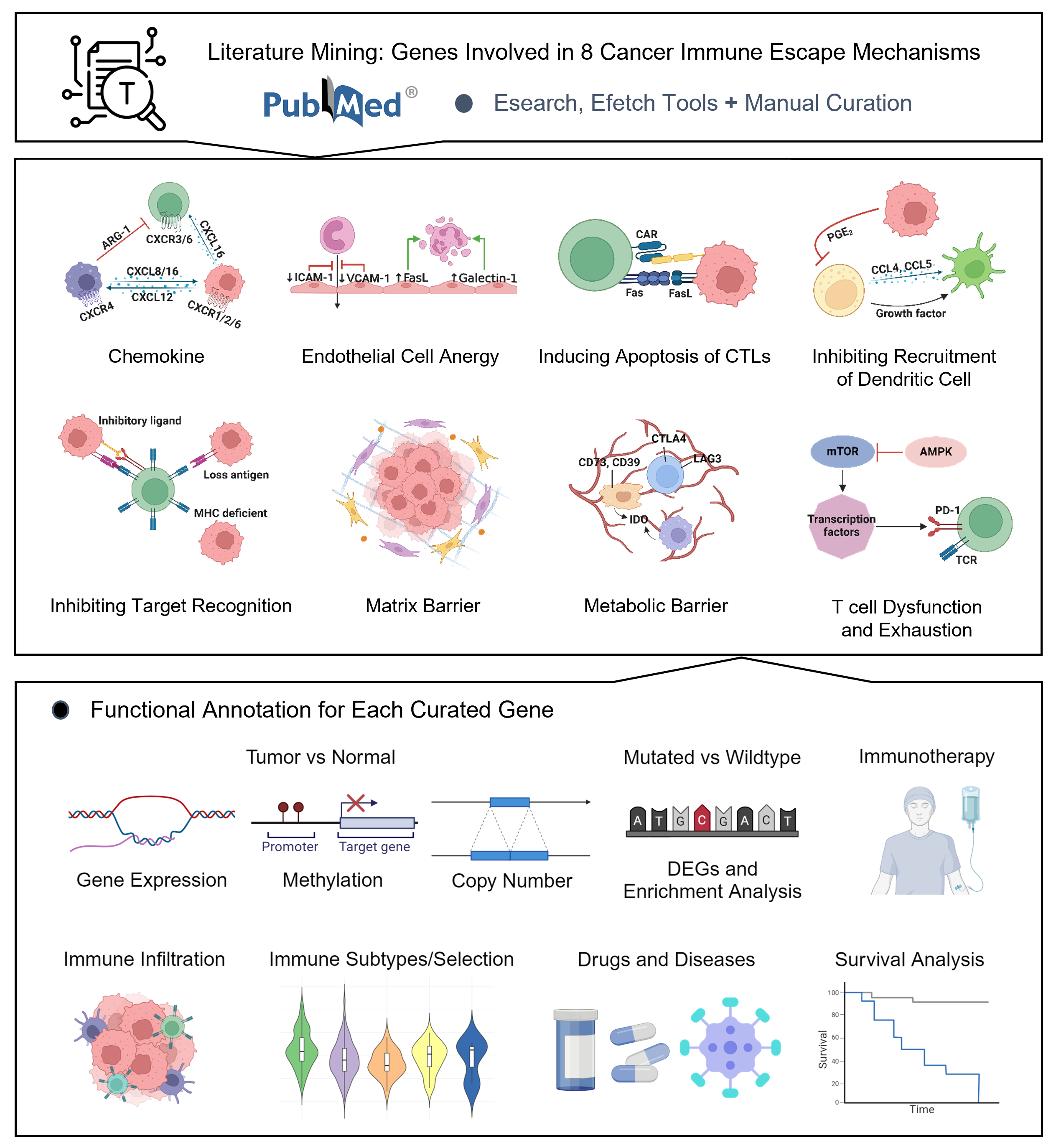
|
Home |
Download |
Statistics |
Landscape |
Help |
Contact |
Landscape
 Overview of ImmunEscpMap.
Overview of ImmunEscpMap.
